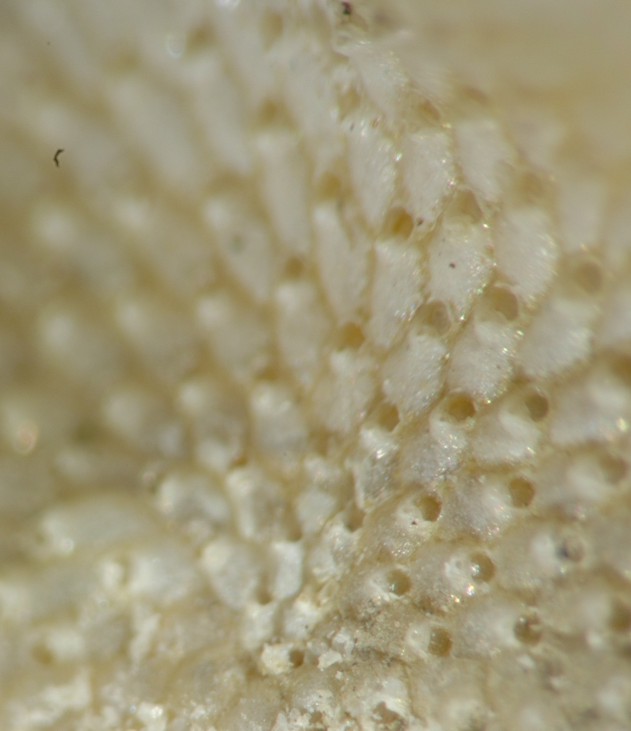Lichenopora novae-zelandiae (Busk, 1875)Common name(s): |
|
| Synonyms: |  |
|
Phylum Bryozoa
(Ectoprocta)
Class Stenolaemata
Order Cyclostomata
Suborder Rectangulata
Family Lichenoporidae
|
|
| Lichenopora novae-zelandiae (tentatively identified) is the largest bryozoan colony to the right in the aperture of this moon snail. The white colony to its left is tentatively Lichenopora verrucaria and the colony above and to the left is Cauloramphus spiniferum. Shell obtained by beam trawl at 100-120 m depth, San Juan Channel | |
| (Photo by: Dave Cowles, July 2007) | |
How to Distinguish from Similar Species: Lichenopora verrucaria has tubes many of which are not in regular rows and not adhered to one another out to their tips.
Geographical Range:
Depth Range:
Habitat:
Biology/Natural History:
| Return to: | |||
| Main Page | Alphabetic Index | Systematic Index | Glossary |
References:
Dichotomous Keys:Kozloff 1987, 1996
General References:
Scientific
Articles:
Web sites:
General Notes and
Observations: Locations,
abundances, unusual behaviors:

This closeup view shows the zooids lined up in rows, with just their
tips free.
Authors and Editors of Page:
Dave Cowles (2007): Created original page
CSS coding for page developed by Jonathan Cowles (2007)